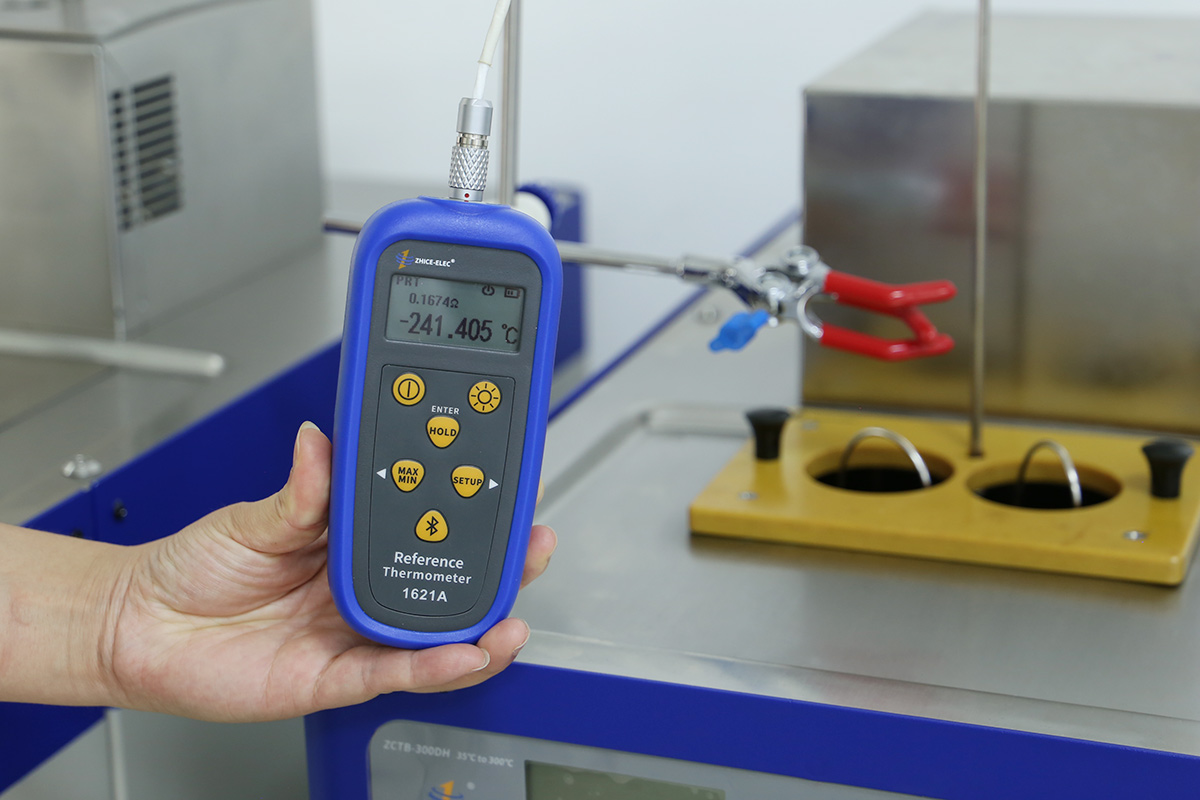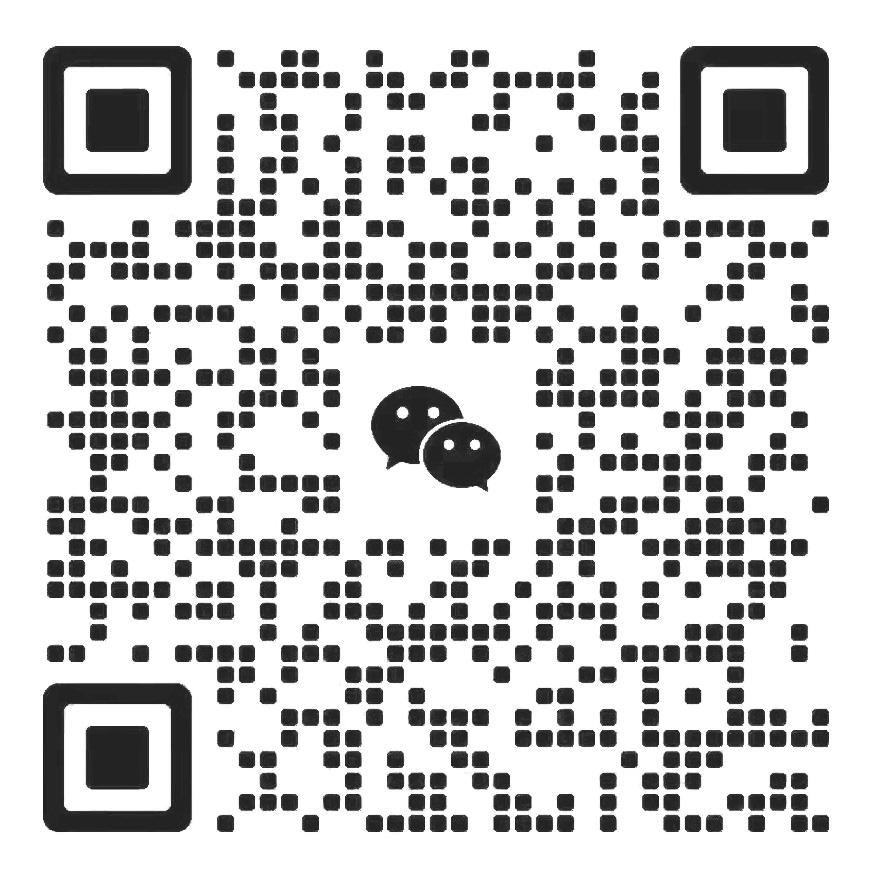В мире научных исследований, промышленной калибровки и контроля качества точность — основа всего. Но что, если цифры, которым вы доверяете каждый день, не говорят вам всей правды?
Температура — критический фактор, который может привести к искажению результатов, порче материалов и даже несоблюдению нормативных требований. Если данные вашей лаборатории не настолько достоверны, как следовало бы, проблема может заключаться в вашем термометре. Со временем показания датчиков дрейфуют, системы теряют калибровку, а условия окружающей среды создают скрытые неточности. Эти небольшие ошибки могут перерасти в серьёзные проблемы.
Здесь профессионалы эталонные термометры Они имеют решающее значение. Разработанные для высокоточных измерений, они служат надежным стандартный термометр для лабораторий или производственных линий, гарантируя достоверность всех показаний.
Что такое эталонный термометр?
Эталонный термометр – это высокоточный эталонный термометр Прибор, используемый для измерения температуры. Это не обычный бытовой термометр в привычном понимании, а скорее...главный термометр" или "калибровочный термометр«для проверки и калибровки других датчиков температуры или измерительных приборов. Он разработан с упором на минимизацию погрешности измерений, поддержание долгосрочной стабильности и обеспечение прослеживаемости результатов в течение длительных периодов времени в лабораториях, на производственных линиях или при полевых проверках.
Как работает эталонный термометр?
Принцип работы эталонный термометр Принцип действия заключается в использовании высокостабильных, точно калиброванных термочувствительных элементов (таких как платиновые термометры сопротивления или термопары), позволяющих обнаруживать даже самые незначительные изменения температуры. Эти сигналы обрабатываются высокоточным процессором. показания термометра Измерительная схема преобразует мельчайшие электрические колебания в точные показания температуры. Её внутренняя конструкция и алгоритмы оптимизированы для минимизации влияния внешних шумов и дрейфа сигнала, обеспечивая долговременную стабильность и надёжность. В процессе работы эталонный термометр обычно сочетается с прослеживаемыми данными калибровки и используется для сравнения показаний с другими устройствами, быстро проверяя, попадают ли их измерения в приемлемые пределы.

Зачем вам нужен эталонный термометр?
Ошибки измерения температуры могут не только искажать результаты эксперимента, но и влиять на качество продукции и даже безопасность оборудования. Будучи «золотым стандартом» в метрологии температуры, важно сертифицированный эталонный термометр можно рассматривать в трёх ключевых измерениях. Во-первых, как краеугольный камень прослеживаемости, он устанавливает надёжную связь между лабораторией и стандартные термометры к полевым измерениям, гарантируя, что каждый 1°C строго соответствует Международной температурной шкале 1990 года (ITS-90). Во-вторых, в замкнутом цикле контроля качества эталонный термометр Действует как «микроскоп» для обнаружения системных ошибок, способный выявлять отклонения вплоть до 0,01°C, предотвращая, таким образом, такие ситуации, как отбраковка целых партий из-за дрейфа температуры стерилизации. Что особенно важно, в таких новых технологических областях, как эпитаксия полупроводников и производство сепараторов литиевых аккумуляторов, его исключительная стабильность напрямую определяет стабильность характеристик наноматериалов.
Кроме того, приложения эталонные термометры Они используются практически во всех отраслях, где точность температуры критически важна. В фармацевтике и биотехнологии они используются как калибровочные термометры Для проверки точности хранения в холодильной цепи, инкубаторов и камер стабильности, обеспечивая идеальные условия хранения лекарственных средств и реагентов. В пищевой промышленности и логистике холодильной цепи эти стандартные термометры Обеспечьте безопасность продукта, контролируя температуру на этапах нагревания, охлаждения и хранения. В исследовательских лабораториях высокоточные эталонные термометры Обеспечивают надёжный стандарт для экспериментов, снижая риск повторных испытаний из-за неточных данных. В аэрокосмической отрасли и передовом производстве они работают в экстремальных температурных условиях для калибровки датчиков и решения высокоточных инженерных задач.
Каковы основные критерии выбора эталонного термометра?
При выборе эталонного термометра следует тщательно оценить несколько критических факторов, чтобы обеспечить оптимальную производительность и соответствие требованиям:
1. Точность и стабильность: Эти факторы остаются важнейшими, поскольку они напрямую определяют надёжность и повторяемость результатов измерений. Даже незначительные отклонения могут привести к серьёзным ошибкам в критически важных приложениях.
2. Прослеживаемость: Убедитесь, что инструмент поставляется с сертифицированная калибровка Аккредитованная лаборатория гарантирует соответствие измерений национальным и международным стандартам, а также соответствие требованиям управления качеством и нормативным требованиям.
3. Совместимые эталонные датчики и источники температуры: Термометр должен поддерживать высокоточные датчики, такие как Стандартные платиновые термометры сопротивления (SPRT) или термопары эталонного классаКроме того, он должен надежно работать при использовании с оборудованием для калибровки температуры, таким как высокостабильные калибровочные ванны или печи для метрологии сухоблочного типа для создания однородной и стабильной температурной среды.
4. Возможность многоканального тестирования: Для приложений, требующих сравнительных испытаний, одновременного многоточечного мониторинга или картирования температурного поля, многоканальный эталонный термометр Значительно повышает эффективность. Это особенно ценно в калибровочных лабораториях и на производстве, где параллельные измерения имеют решающее значение.
Баланс этих факторов поможет вам выбрать эталонный термометр который не только соответствует техническим характеристикам, но и обеспечивает долгосрочную ценность, соответствие требованиям и уверенность в ваших процессах измерения температуры.
Решение: Новое определение точности
Чтобы удовлетворить высокие требования, описанные выше, компания ZHICE-ELEC эталонные термометры разработаны с учетом реальных условий применения.
The Эталонный термометр 1621А Прибор отличается высокой точностью и продуманной конструкцией, поддерживая датчики платинового терморезистора (ПТС), термопары и термистора с точностью ±0,011 °C, ±0,24 °C и ±0,002 °C соответственно. Его интеллектуальный авиационный разъём автоматически распознаёт данные калибровки зонда, обеспечивая работу по принципу «plug-and-play», а Bluetooth и мобильное приложение поддерживают регистрацию данных в режиме реального времени, анализ тенденций и создание отчётов, что делает его идеальным для полевых проверок и лабораторных применений.
The 1622А Плюс Разработан на базе модели 1621A с двухканальным измерением, что обеспечивает синхронизированный сбор данных. Благодаря многоуровневому меню и регулируемой подсветке он отвечает требованиям промышленных и исследовательских сред. универсальный термометр считывающее устройство.
The 1625А это портативный, четырехканальный стандартный термометр с 5-дюймовым сенсорным экраном, поддержкой датчиков разных типов, регулируемой частотой дискретизации, USB-накопителем и дистанционным управлением по локальной сети — идеально подходит для многоточечного мониторинга температуры и управления данными в сложных условиях.
Во всех трёх моделях используется технология реверса тока для минимизации ошибок, обеспечивая стабильные, точные и гибкие решения для измерения температуры. сертифицированные эталонные термометры поставляются с полной документацией и прослеживаемыми сертификатами калибровки с маркировкой ILAC и CNAS, что гарантирует их соответствие требованиям систем качества и нормативным стандартам в различных отраслях.













 ПОДДЕРЖИВАЕМАЯ СЕТЬ
ПОДДЕРЖИВАЕМАЯ СЕТЬ
